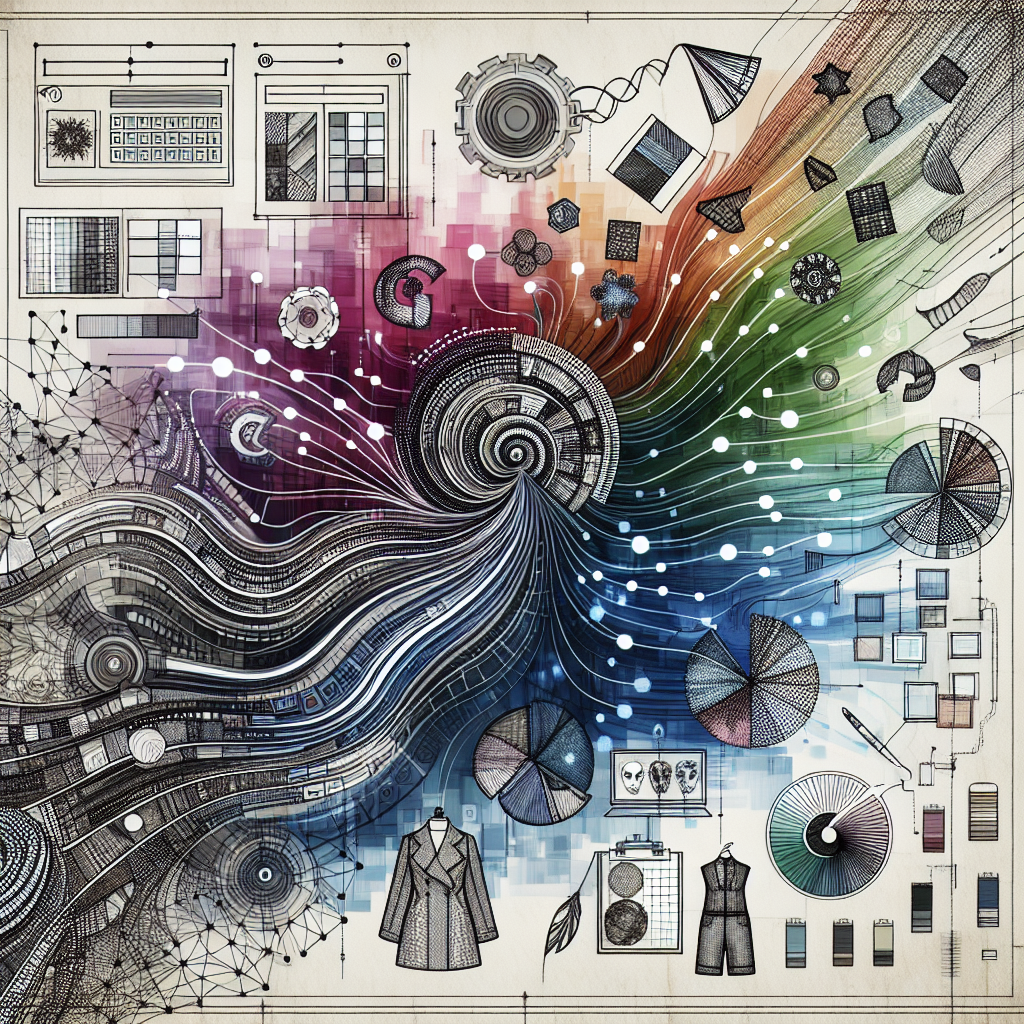Artificial Intelligence (AI) has been revolutionizing industries across the board, and the fashion industry is no exception. With the ability to analyze vast amounts of data and identify patterns, AI is now being used in fashion forecasting to predict trends with unprecedented accuracy. By leveraging algorithms and machine learning, fashion brands are able to stay ahead of the curve and cater to consumer demands in real-time.
Fashion forecasting has traditionally been a labor-intensive process that relied heavily on the intuition and experience of designers and trend analysts. However, with the advent of AI, this process has been streamlined and made more efficient. By analyzing data from social media, e-commerce websites, and other sources, AI algorithms can identify emerging trends and predict which styles will be popular in the coming seasons.
One of the key benefits of using AI in fashion forecasting is its ability to process and analyze vast amounts of data in real-time. This allows brands to stay on top of changing consumer preferences and adjust their collections accordingly. By monitoring social media platforms and other online sources, AI algorithms can detect shifts in consumer behavior and identify emerging trends before they become mainstream.
Another advantage of using AI in fashion forecasting is its ability to personalize recommendations for individual consumers. By analyzing a customer’s browsing history, purchase behavior, and social media interactions, AI algorithms can tailor recommendations to match their unique preferences. This not only helps brands improve customer satisfaction but also increases sales and loyalty.
In addition to predicting trends, AI can also help fashion brands optimize their supply chain and production processes. By analyzing historical sales data and other factors, AI algorithms can forecast demand for specific products and help brands make informed decisions about inventory management and production scheduling. This can help reduce waste and improve efficiency, ultimately leading to cost savings for the brand.
Despite the many benefits of using AI in fashion forecasting, there are some challenges and limitations to consider. One of the main challenges is the need for high-quality data to train the algorithms effectively. Fashion trends are inherently subjective and can be difficult to quantify, making it challenging to create accurate predictions. Additionally, AI algorithms may struggle to capture the nuances of human creativity and emotion, which are essential in the fashion industry.
Another limitation of using AI in fashion forecasting is the potential for bias in the data and algorithms. If the training data is not representative of the diverse range of consumer preferences, the predictions generated by the AI algorithms may be skewed. This can lead to a lack of diversity in fashion trends and limit the creativity and innovation of the industry.
Despite these challenges, the use of AI in fashion forecasting continues to grow as brands recognize the potential benefits of leveraging technology to stay ahead of the competition. By combining the creativity of designers with the analytical power of AI, fashion brands can create collections that resonate with consumers and drive sales.
In conclusion, AI is transforming the fashion industry by revolutionizing the way trends are predicted and products are marketed. By leveraging algorithms and machine learning, fashion brands can stay ahead of the curve and deliver personalized experiences to their customers. While there are challenges and limitations to consider, the potential benefits of using AI in fashion forecasting are vast. As technology continues to evolve, we can expect to see even more innovative applications of AI in the fashion industry in the future.
—
FAQs:
Q: How does AI predict fashion trends?
A: AI predicts fashion trends by analyzing vast amounts of data from sources like social media, e-commerce websites, and other online platforms. By identifying patterns and trends in consumer behavior, AI algorithms can predict which styles will be popular in the coming seasons.
Q: Can AI personalize recommendations for individual consumers?
A: Yes, AI can personalize recommendations for individual consumers by analyzing their browsing history, purchase behavior, and social media interactions. This allows brands to tailor recommendations to match each customer’s unique preferences and increase customer satisfaction.
Q: What are some challenges of using AI in fashion forecasting?
A: Some challenges of using AI in fashion forecasting include the need for high-quality data to train the algorithms effectively, the potential for bias in the data and algorithms, and the difficulty of capturing the nuances of human creativity and emotion in predictions.
Q: How can AI help fashion brands optimize their supply chain and production processes?
A: AI can help fashion brands optimize their supply chain and production processes by analyzing historical sales data and forecasting demand for specific products. This allows brands to make informed decisions about inventory management and production scheduling, leading to cost savings and efficiency improvements.

